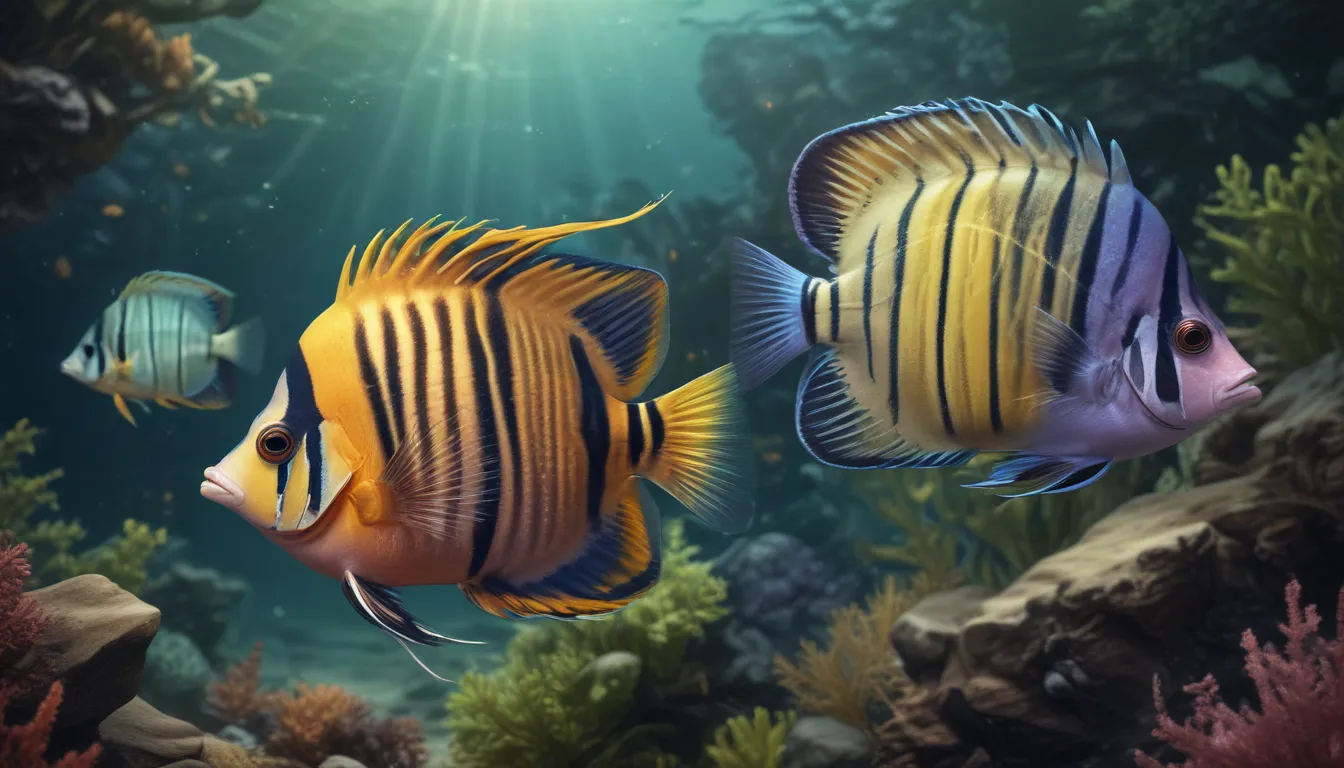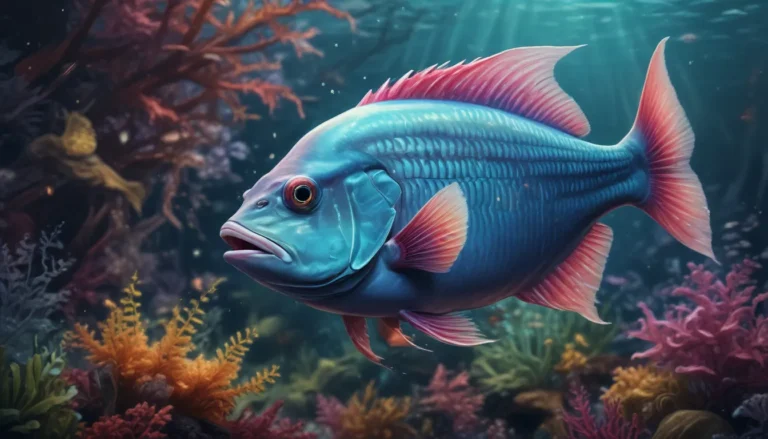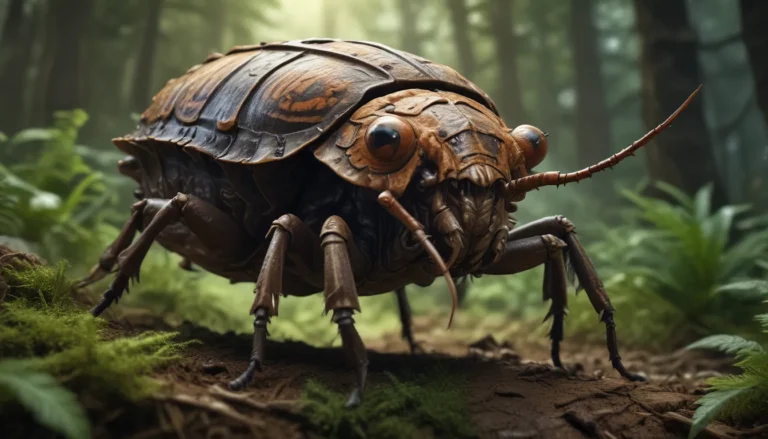The pictures we use in our articles might not show exactly what the words say. We choose these pictures to make you interested in reading more. The pictures work together with the words but don’t take their place. The words still tell you the important facts.
If you've ever been mesmerized by the vibrant colors and graceful movements of butterflyfish, then you're in for a treat. In this article, we will delve into the fascinating world of these enchanting creatures and explore 12 intriguing facts that will leave you in awe. From their unique adaptations to their pivotal ecological roles, there is much to uncover about butterflyfish and their captivating lives in tropical coral reefs.
Delving into the Diversity of Butterflyfish Species
Dive into the waters around the globe, and you'll encounter over 120 recognized species of butterflyfish, each adorned with distinct patterns and colors that make them easily identifiable. These colorful coral-loving fish contribute to the vibrant tapestry of marine life with their dazzling hues of yellows, oranges, blues, and blacks, serving both as camouflage and communication tools among individuals.
Exploring the Unique Characteristics of Butterflyfish
Butterflyfish possess a flattened, disc-shaped body with a striking elongated snout, ranging from 3 to 8 inches in length depending on the species. Adapted to coral reef life, their narrow bodies allow them to maneuver effortlessly between coral branches, where they find shelter and nourishment. These graceful fish have a specialized diet that primarily consists of coral polyps, with some species also consuming algae and small invertebrates.
Unveiling the Intriguing Behaviors of Butterflyfish
Many species of butterflyfish exhibit monogamous mating behavior, forming lifelong pair bonds characterized by swimming together, displaying courtship behaviors, and defending territory against intruders. Their unusually high spawning rates enable them to produce thousands of eggs during a single spawning event, increasing their chances of survival in the unpredictable ocean environment.
Embracing Symbiotic Relationships in the Marine World
Some species of butterflyfish have forged symbiotic relationships with other marine organisms, particularly cleaner wrasses. In these mutualistic partnerships, the butterflyfish benefit from parasite removal while the cleaner wrasses enjoy a meal, showcasing the intricate web of connections that thrive beneath the surface of the ocean.
Understanding the Conservation Challenges Faced by Butterflyfish
Despite their captivating beauty and ecological importance, butterflyfish are not without threats in their natural habitat. Overfishing, coral reef degradation, and pollution pose significant risks to their populations and overall reef health, underscoring the urgency of conservation efforts to safeguard these delicate creatures and their habitats.
Celebrating the Vital Role of Butterflyfish in Reef Ecosystems
As important indicators of reef health, butterflyfish play a crucial ecological role as herbivores on coral reefs. By feeding on coral polyps and algae, they help maintain a delicate balance within the ecosystem, promoting coral growth and contributing to the overall well-being of coral reef ecosystems.
Immersing Yourself in the Beauty of Butterflyfish
The captivating beauty and charm of butterflyfish make them favorites among scuba divers and snorkelers alike. Observing these graceful creatures in their natural habitat is a memorable experience that showcases the wonders of the underwater world, highlighting the need to appreciate and protect these vibrant inhabitants of coral reefs.
In conclusion, butterflyfish are truly remarkable creatures that enrich the underwater world with their stunning colors, unique adaptations, and important ecological roles. The 12 facts presented in this article shed light on the fascinating lives of butterflyfish, emphasizing the need for conservation efforts to ensure the preservation of these captivating creatures for future generations to admire and cherish.
Frequently Asked Questions About Butterflyfish
- How many species of butterflyfish are there?
-
There are over 120 known species of butterflyfish.
-
What do butterflyfish eat?
-
Butterflyfish primarily feed on small invertebrates such as coral polyps, worms, and crustaceans, as well as algae.
-
Do butterflyfish have any predators?
-
Yes, butterflyfish have predators such as larger fish, including grouper and snapper, as well as some species of sharks.
-
Are butterflyfish monogamous?
-
Some species of butterflyfish are monogamous, forming pairs and remaining faithful to each other, while others exhibit different social behaviors.
-
Are butterflyfish endangered?
-
While specific species of butterflyfish may be considered vulnerable or endangered, the entire family is not currently listed as endangered.
-
What is the average lifespan of a butterflyfish?
- The average lifespan of butterflyfish ranges from 5 to 7 years, with some individuals living longer.
If you've been enchanted by the world of butterflyfish and are eager to learn more, why not explore even more intriguing facts about these captivating creatures? From their symbiotic relationships to their graceful swimming techniques, there's a wealth of wonders waiting to be discovered. Immerse yourself in the beauty of butterflyfish and deepen your appreciation for these spectacular fish that grace the tropical coral reefs with their vibrant presence.
Join us in celebrating the enchanting world of butterflyfish and uncovering the hidden treasures that lie beneath the surface of the ocean. Embrace the beauty of these colorful creatures and embark on a journey of discovery that will leave you inspired by the wonders of the underwater world. Trust in our commitment to quality and authenticity as you explore and learn with us.






